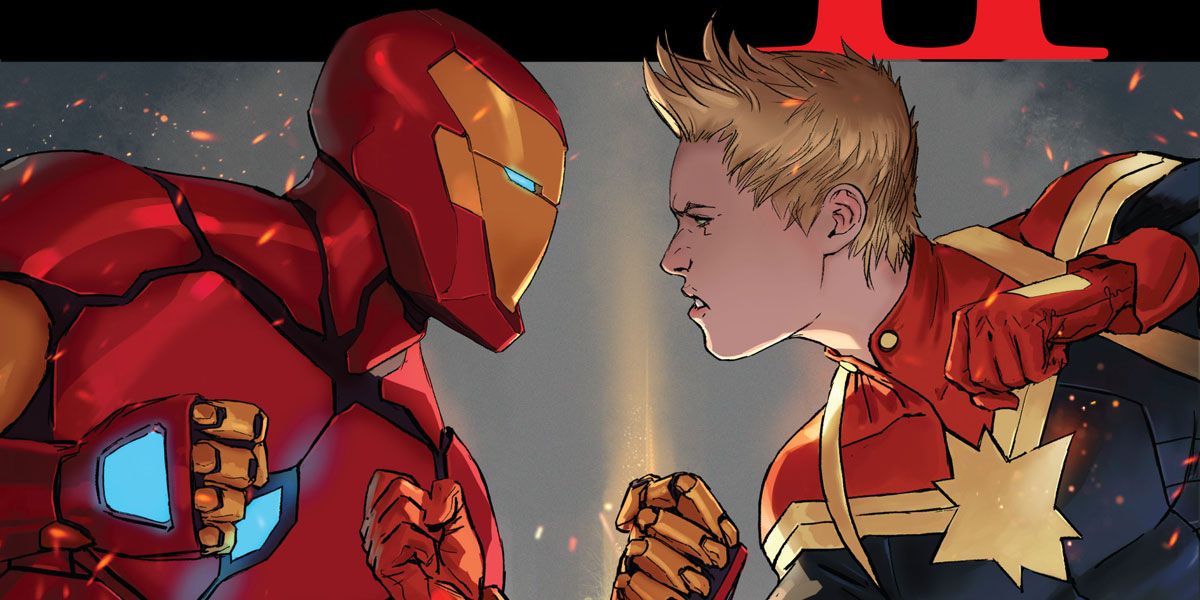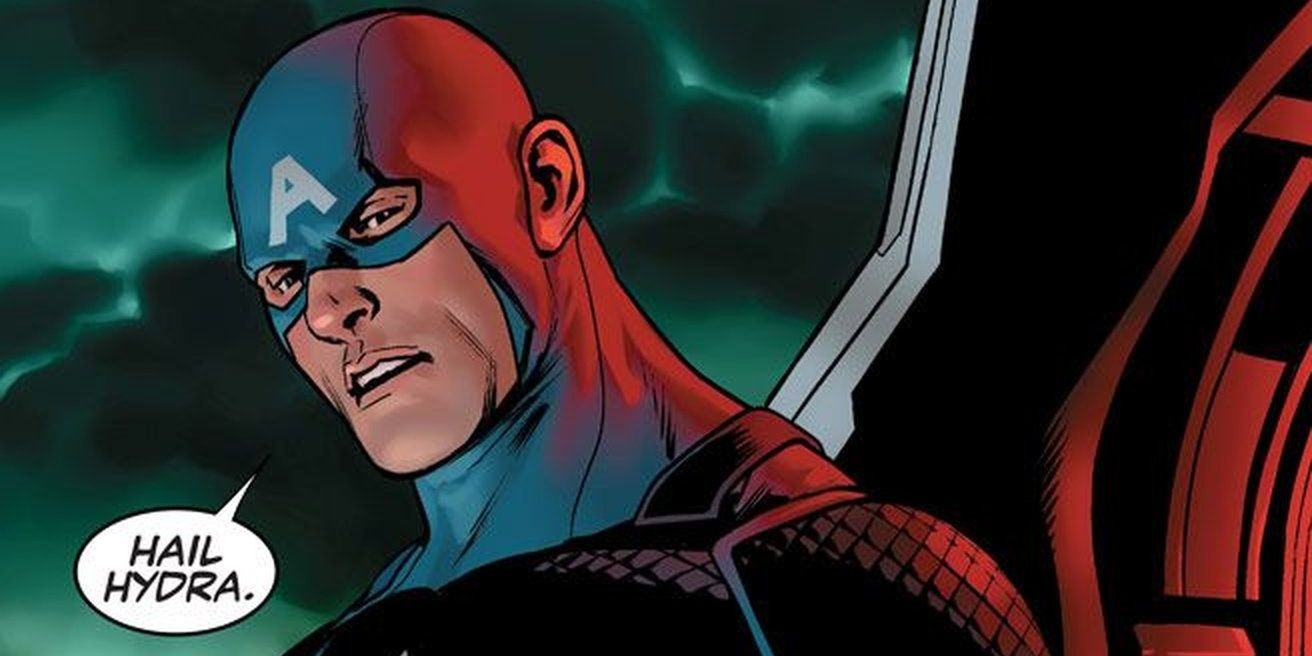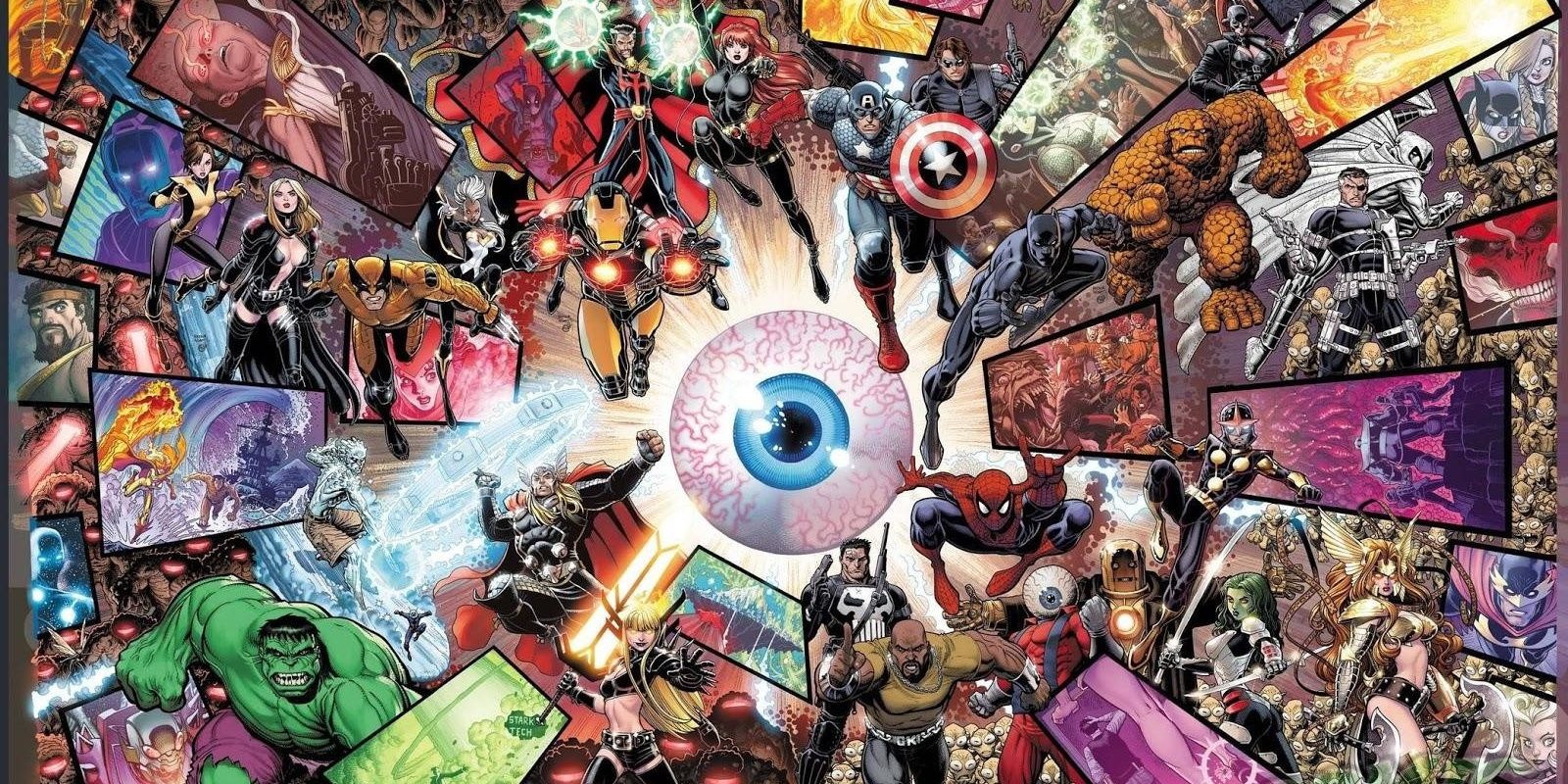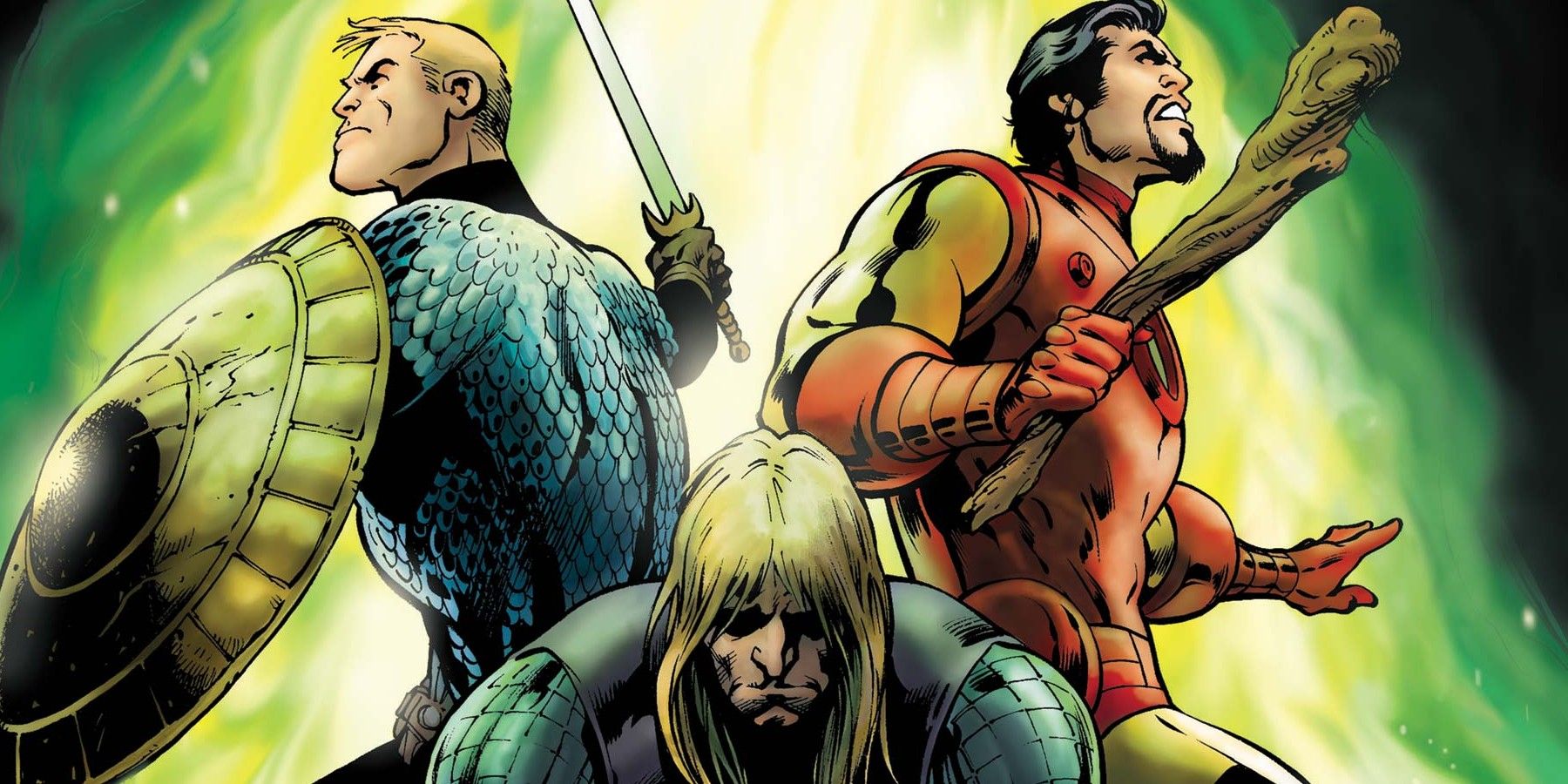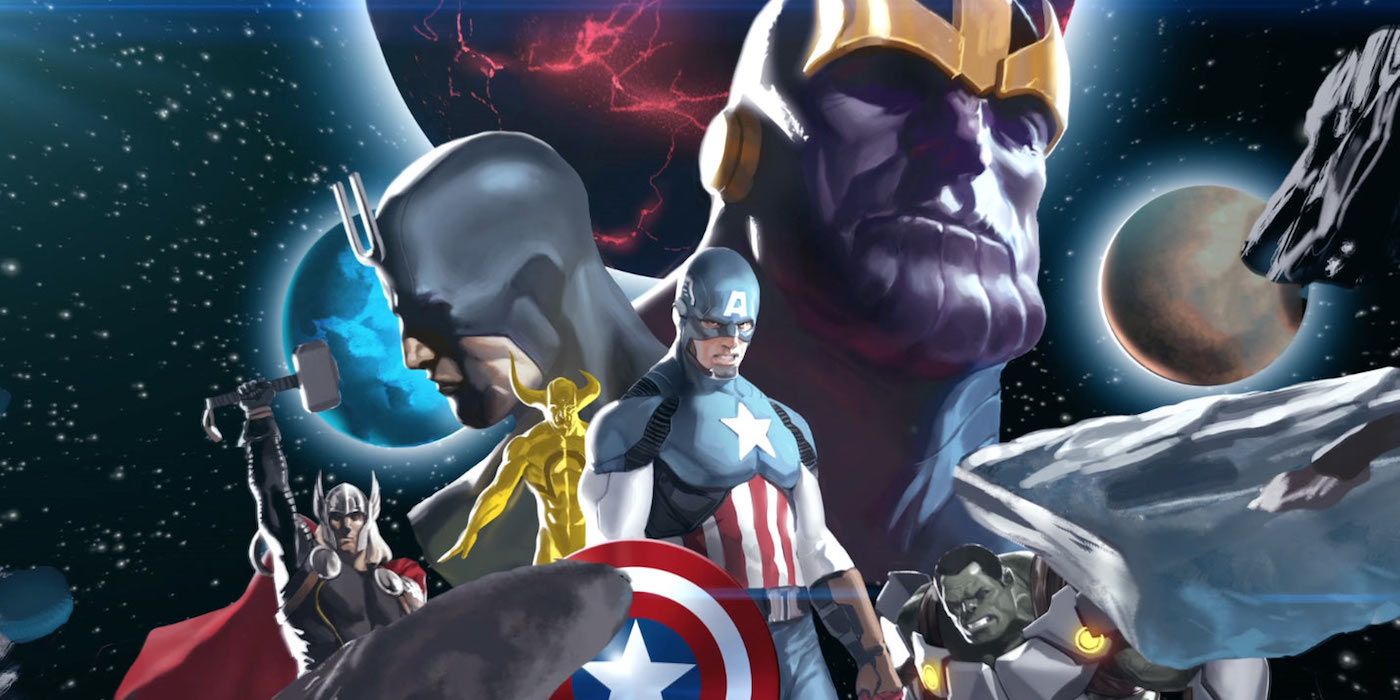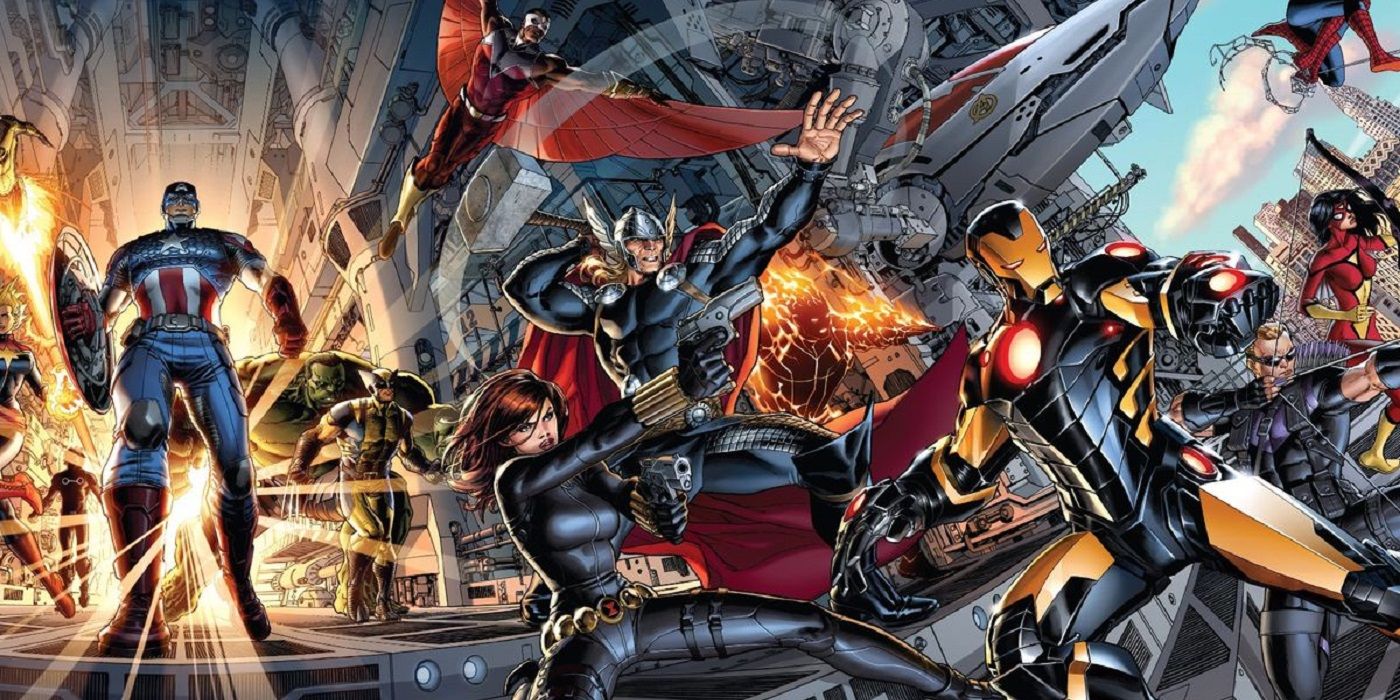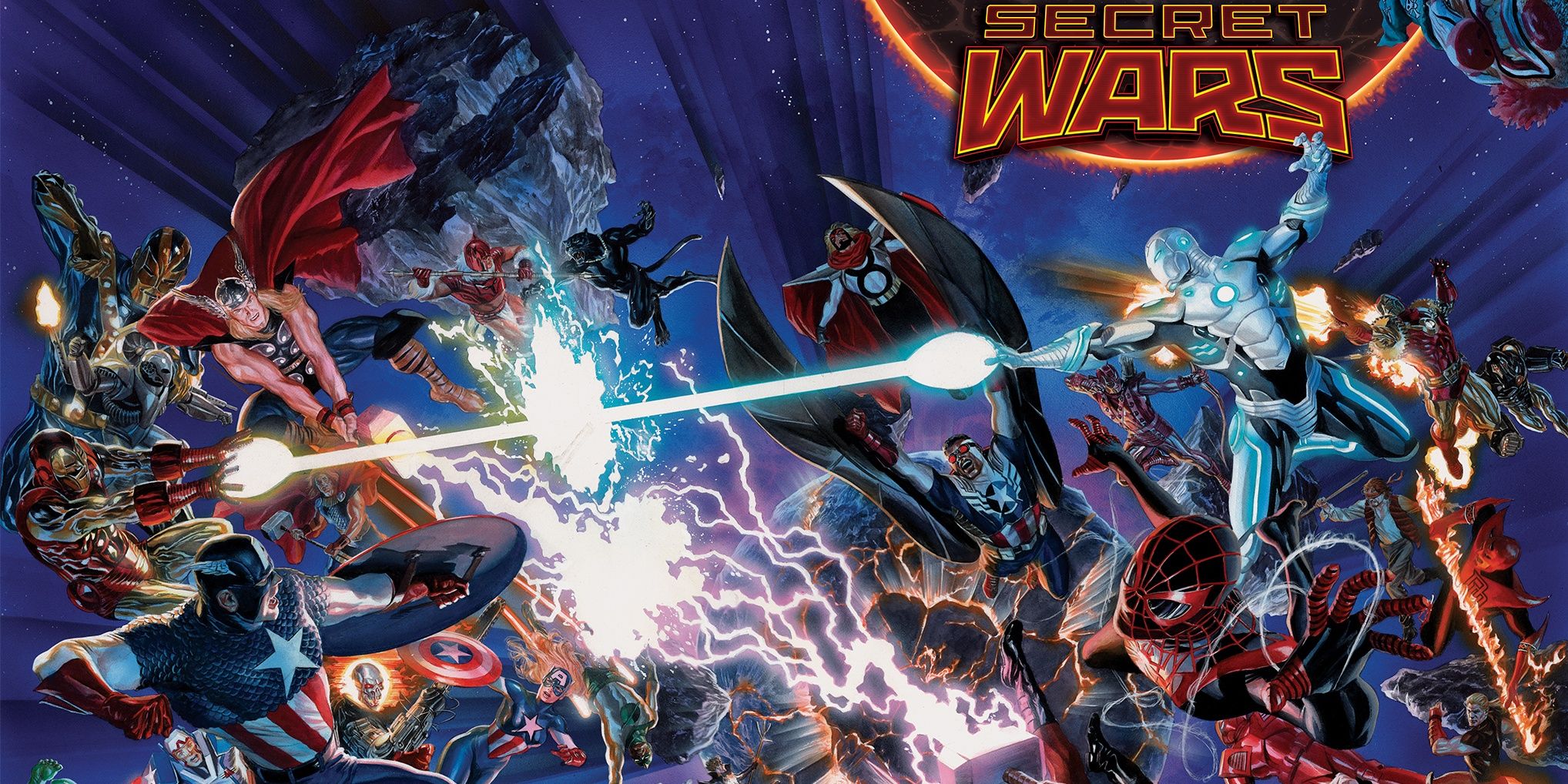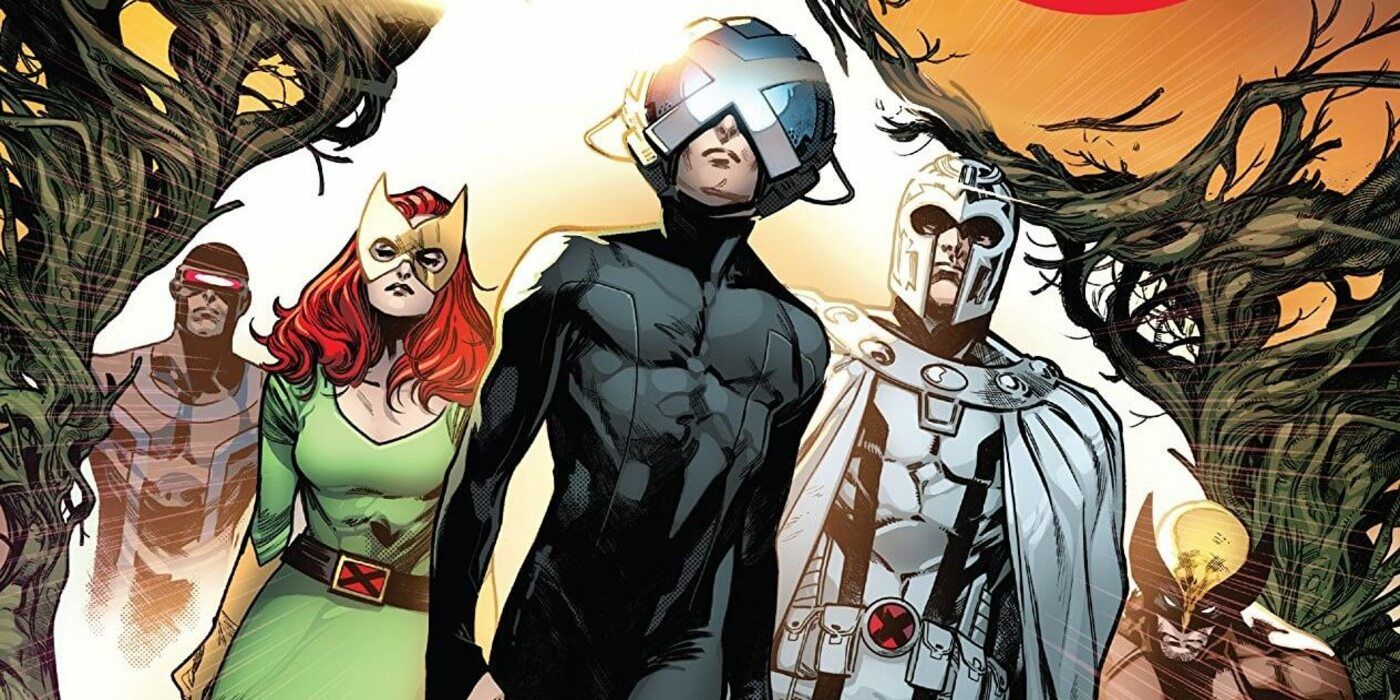After the successes of the 2000s, Marvel took a victory lap in the 2010s. The company was at a creative height and sales were steadily trending up. The publisher was completely in control of the sales charts, barring the few times that DC was able to take the top spots, and was creating a whole new generation of superstar writers and artists.
The decade would prove to be both tremendously successful and rather controversial for the publisher, as decisions they made damaged beloved parts of the Marvel Universe. Some stories had more impact on things than others, making the 2010s an interesting time to be a Marvel fan.
10 Civil War II’s MCU Tie-Ins Were A Mistake But Set Up Some Important Future Events
Civil War II, by writer Brian Michael Bendis and artist David Marquez, is important for all the wrong reasons. The story was basically written in response to the fact that Captain America: Civil War was entering theaters. The reasoning was that giving fans a comic with Civil War in the title would create sales synergy, but the story’s quality, or lack thereof, didn’t do anyone any favors.
Movie fans never came to the book in any numbers and comic fans hated the story. It damaged Captain Marvel’s push for years to come, a strange move for a character who Marvel was flagging as their next big thing. However, it also killed off Hulk, a move that paid off, as fans got the stellar The Immortal Hulk as a result.
9 Captain America: Steve Rogers #1 Ended With The Hydra Cap Reveal
Captain America: Steve Rogers #1, by writer Nick Spencer and artist Jesus Saiz, is infamous among fans. It was the issue that revealed that Steve Rogers was an agent of Hydra and was the beginning of the build-up to Secret Empire. It started an uproar, both among comic fans and the media, as no one could believe that Cap would join his most hated enemies.
On the one hand, the story was meant to be an allegory for the rise of fascism in the United States during that time period. On the other, Cap was created by two Jewish men who would hate seeing him portrayed this way. It was a big moment in the decade for Marvel, regardless of its reception.
8 Original Sin Sowed The Seeds For Jane Foster To Become Thor
Marvel’s event cycle in the 2010s wasn’t exactly their best. Fans were getting tired of the yearly status quo changes instigated by big events and because of the rapid turnover, the consequences never seemed to matter. Into all of this walked 2015’s Original Sin, by writer Jason Aaron and artist Mike Deodato Jr. The book promised to reveal all kinds of secrets that would change the Marvel Universe forever, but only one thing from the book stuck.
Near the end, Nick Fury whispered something in Thor’s ear, and it rendered the Thunder God unworthy of Mjolnir. This would set into motion a chain of events that would see Jane Foster become Thor, netting some of the highest sales a Thor book had had in years.
7 Avengers: Prime Brought The Team’s Big Three Back Together
The 2000s weren’t a good time for the Avengers’ Big Three of Thor, Iron Man, and Captain America. Thor was killed in Avengers Disassembled: Thor, Iron Man and Captain America came to blows in Civil War, and Cap was assassinated. Eventually, the trio teamed up to end Norman Osborn’s Dark Reign in Siege, but the damage wasn’t undone.
Avengers: Prime, by writer Brian Michael Bendis and artist Alan Davis, was the first time the three got back together. Teaming up to battle Hela, they worked through their issues and became friends again. The Avengers were still iconic without their Big Three, but having them together again was very important.
6 Infinity Was The Genesis Of The Inhumans Push
Infinity, by writer Jonathan Hickman and artists Jim Cheung, Jerome Opeña, and Dustin Weaver, was a midpoint in Hickman’s Avengers/New Avengers run, pitting the heroes of the Earth against Thanos as the Avengers battled the Builders. However, none of that affected the Marvel Universe as much as Black Bolt’s actions during the story.
Black Bolt released the Terrigen Mists into the Earth’s atmosphere, forming two massive clouds. This was the beginning of the abortive Inhumans push, where Marvel tried to use them to replace the X-Men because they didn’t own the mutants’ film rights. It was a massive failure, but it had a huge effect on Marvel for years to come.
5 Avengers (2012) #1 Was The Beginning Of Jonathan Hickman’s Landmark Run
Jonathan Hickman was Marvel’s biggest writer in the 2010s and his Avengers.New Avengers run set the tone for the entire line until he left Marvel in 2015. Avengers (2012) #1 was the beginning of it all, where he laid the seeds for his Avengers epic. Joined by artist Jerome Opeña, Hickman threw the Avengers at a new threat on Mars.
Hickman’s run created the biggest team of Avengers ever, bringing together heroes from all over the Marvel Universe. His first story arc, Avengers World, showed exactly what his Avengers would be like in a more realistic world and is one of the best Avengers stories of all time.
4 Ultimate Fallout #4 Introduced The World To Miles Morales
In 2011, the Ultimate Universe was already on the way out, but it did have one last gasp. Peter Parker was killed, and Miles Morales took over as Spider-Man, first appearing in Ultimate Fallout #4, by writers Brian Michael Bendis, Jonathan Hickman, and Nick Spencer and artists Mark Bagley, Billy Tan, Salvador Larocca, and Clayton Crain. Morales became the most popular Ultimate character and the sole bright spot during the line’s waning years.
Morales is one of the best versions of Spider-Man. His popularity is such that he crossed over to the 616 universe and he became more popular than ever. He’s starred in Spider-Man: Into The Spider-Verse and headlined his own video game. He’s a brand-new star, a rare thing in contemporary comics.
3 Ms. Marvel #1 Was The First Appearance Of Kamala Khan
Black Bolt’s release of the Terrigen Mists birthed many new Inhumans, but only one had any staying power. Ms. Marvel #1, by writer G. Willow Wilson and artist Adrian Alphona, gave readers Kamala Khan, a Pakistani Muslim girl who would become Marvel’s biggest new hero of the decade. Fans related to her immediately and she revitalized Marvel’s teen heroes.
Khan’s Ms. Marvel has done it all. She’s joined the Avengers, started a teen revolution against the older heroes, and founded the Champions. She’s become a big deal in the Marvel Universe and is one of Marvel’s newest icons.
2 Secret Wars (2015) Ended The Ultimate Universe And Hickman’s First Tenure At Marvel
Secret Wars (2015), by writer Jonathan Hickman and artist Esad Ribic, is one of the best Marvel event books ever. That would be enough to make it important but there’s so much more. It was the culmination of Jonathan Hickman’s runs on both Fantastic Four and Avengers/New Avengers, one of the best Doctor Doom stories in years, and had epic moments like few others.
Its two biggest effects on the Marvel Universe were the end of the Ultimate Universe, something which was a long time coming, and it was the last Marvel comic that Hickman wrote for four years. It was a fitting end of an era for Marvel and presaged big changes for the publisher.
1 House Of X/Powers Of X Was Hickman’s Return To Marvel And Made The X-Men Great Again
Marvel constantly kicked the X-Men around in the 2010s because they didn’t own the franchise’s film rights. This all changed when Disney acquired 20th Century Fox. The X-Men were allowed to be a big deal again and a returning Jonathan Hickman was just the writer to right the ship. Joined by artists Pepe Larraz and R.B. Silva, House Of X/Powers Of X were game-changers like few stories before them.
Hickman’s return was a stamp of approval for many fans and the new status quo he created, the establishment of a mutant nation on Krakoa, is hugely popular. The X-Men retook their place atop the Marvel heap because of HoX/PoX.
Read Next

